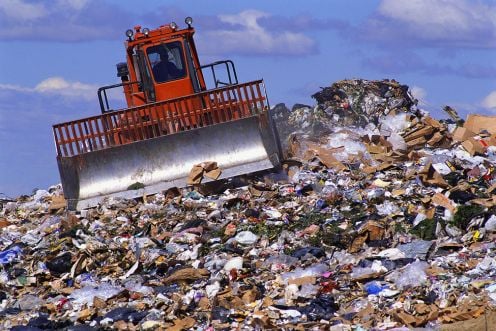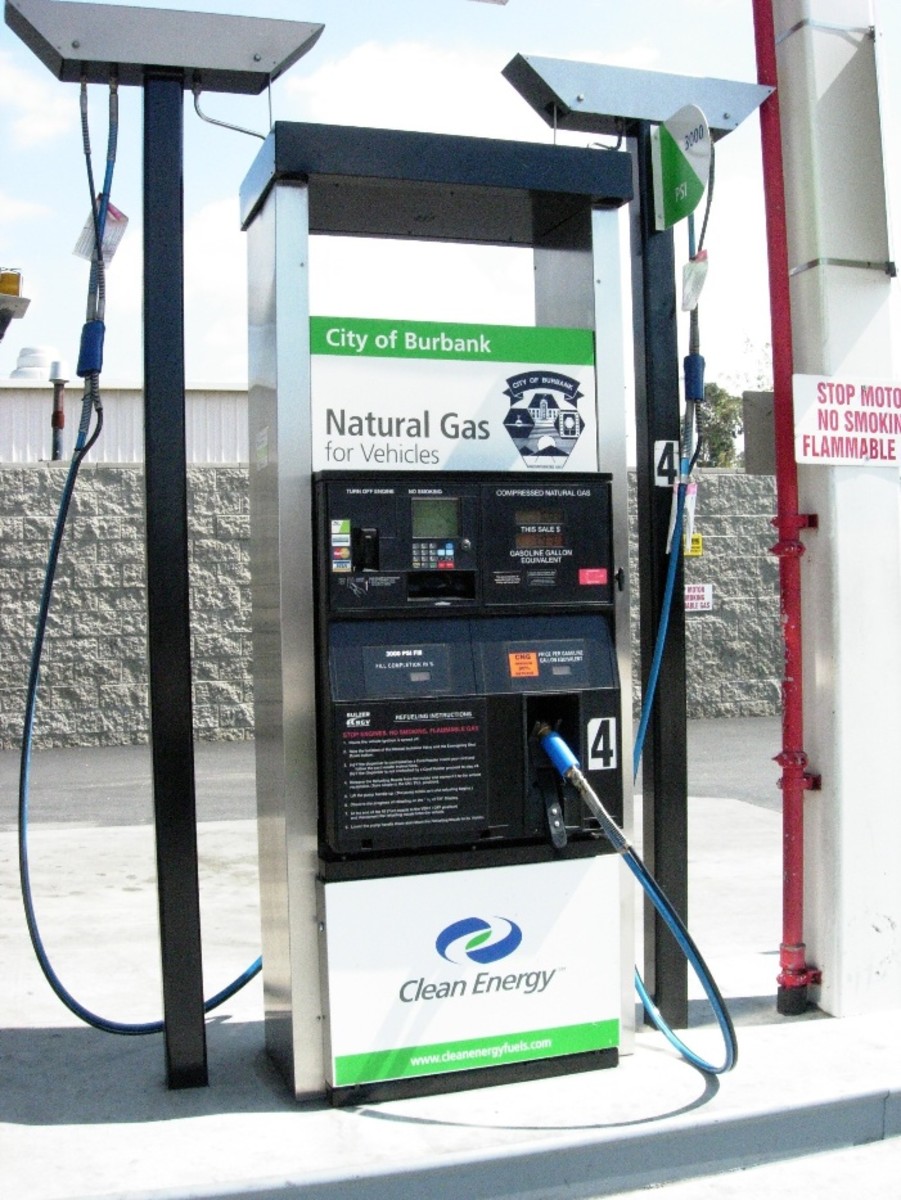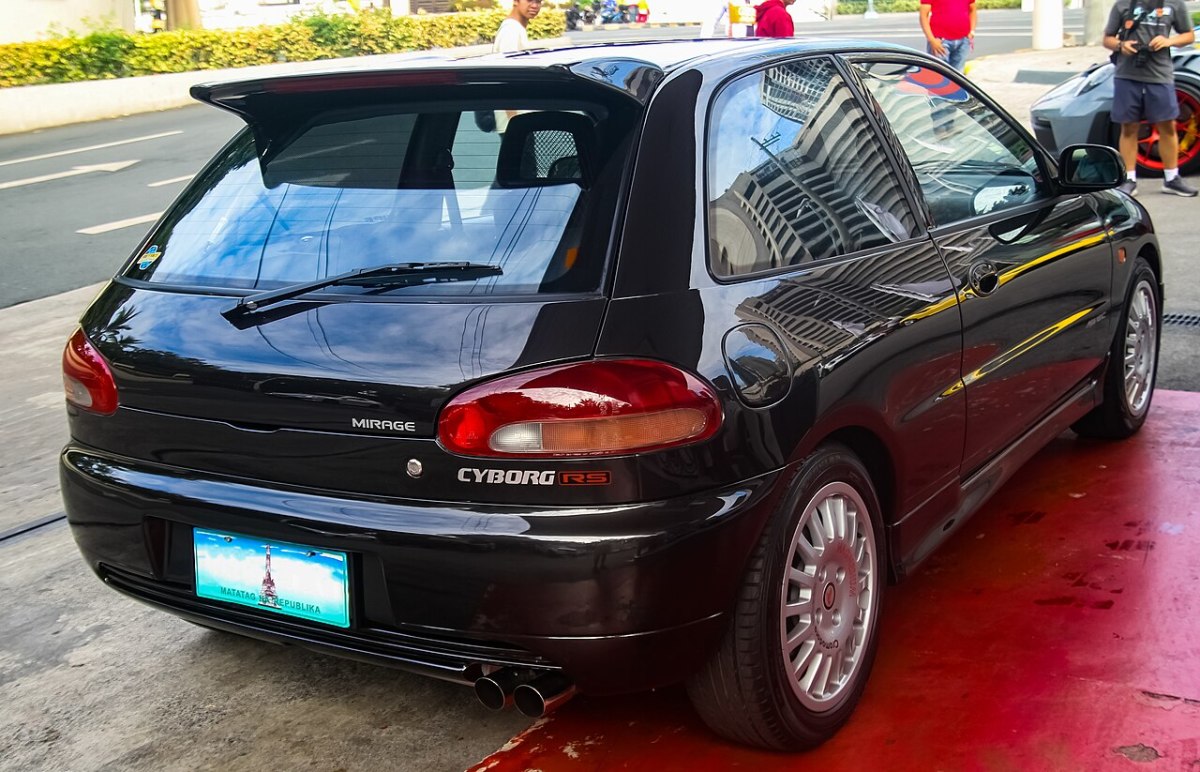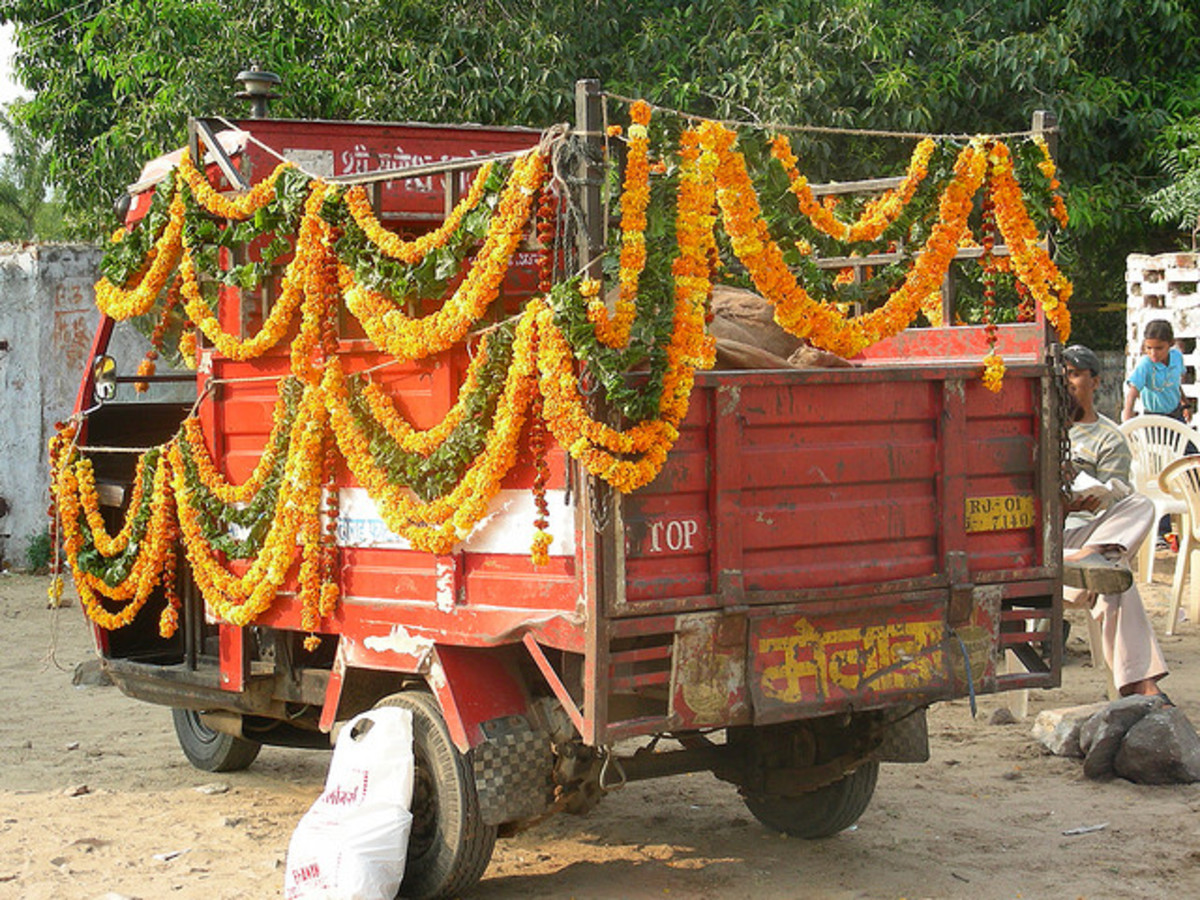Landfill Safety - Reduce Traffic Hazards

A landfill can be a dangerous place. Throughout the working day large trash collection trucks, bulldozers, compactors, dump trucks, and personal vehicles are delivering, dumping, moving, covering, or compacting trash. Workers and visitors run the risk of being struck or crushed by trucks and heavy equipment. Equipment operators risk roll-overs because they are working on unstable, shifting ground. Mounds of trash and debris also obstruct sight lines and limit visibility, and place pedestrians and smaller vehicles in danger.
Avoid tragic accidents. Reduce pedestrian exposures and vehicle collisions by designing operations and traffic flow to segregate people from vehicles, and limit contact between vehicles and heavy equipment.
Good traffic design
Use one-way traffic flows to minimize cross traffic and the need for backing up. Eliminate blind corners at intersections and install mirrors when you cannot. Design and maintain roads to accommodate heavy equipment and vehicles (no tight corners, steep grades, rutted roads, potholes, etc.) Post a 15 mile-per-hour speed limits and enforce it. Establish safe clearances from the working face and maintain at least one vehicle width between vehicles dumping there.

Protect pedestrians
Being
on foot at a landfill is particularly dangerous. Require both safe vehicles
and safe workers. Limit the number of pedestrians whenever possible. Designate
and clearly mark pedestrian paths and keep equipment operations away from these areas. Require that delivery drivers remain in their cabs
while unloading and move their trucks to a separate area away from mobile
equipment when they exit the cab to secure doors or clean their trucks. Supervise the general public at all times when they are dumping at the working face and do not allow children outside of their vehicles.
Visibility is key
If workers must be on foot, visibility is of paramount concern. Require that all pedestrians wear high-visibility clothing, such as reflective safety vests, while on site. This includes delivery drivers whenever they are outside their cabs. Spotters who guide vehicles are at high risk for being hit or crushed. Improve the site design and provide adequate visibility for drivers so you can eliminate the need to spot. If a spotter is required insist that he/she remain visible to the driver at all times and maintain continuous communications through a verbal or hand signal system.
Mobile equipment and delivery trucks require good, all-around visibility that eliminates blind spots. Put video cameras on trucks to monitor blind spots on the front, rear, and sides. Color cameras work best because they quickly pick out the bright orange of reflective vests against the jumble of trash. Drivers, however, should never rely solely on the cameras. Teach drivers to check the work area and ensure there are no pedestrians in the vicinity.
Keep your distance
Teach workers on foot that they must never assume an equipment operator sees them. They must maintain a safe distance at all times since equipment can also loose its footing and tip over without warning.









